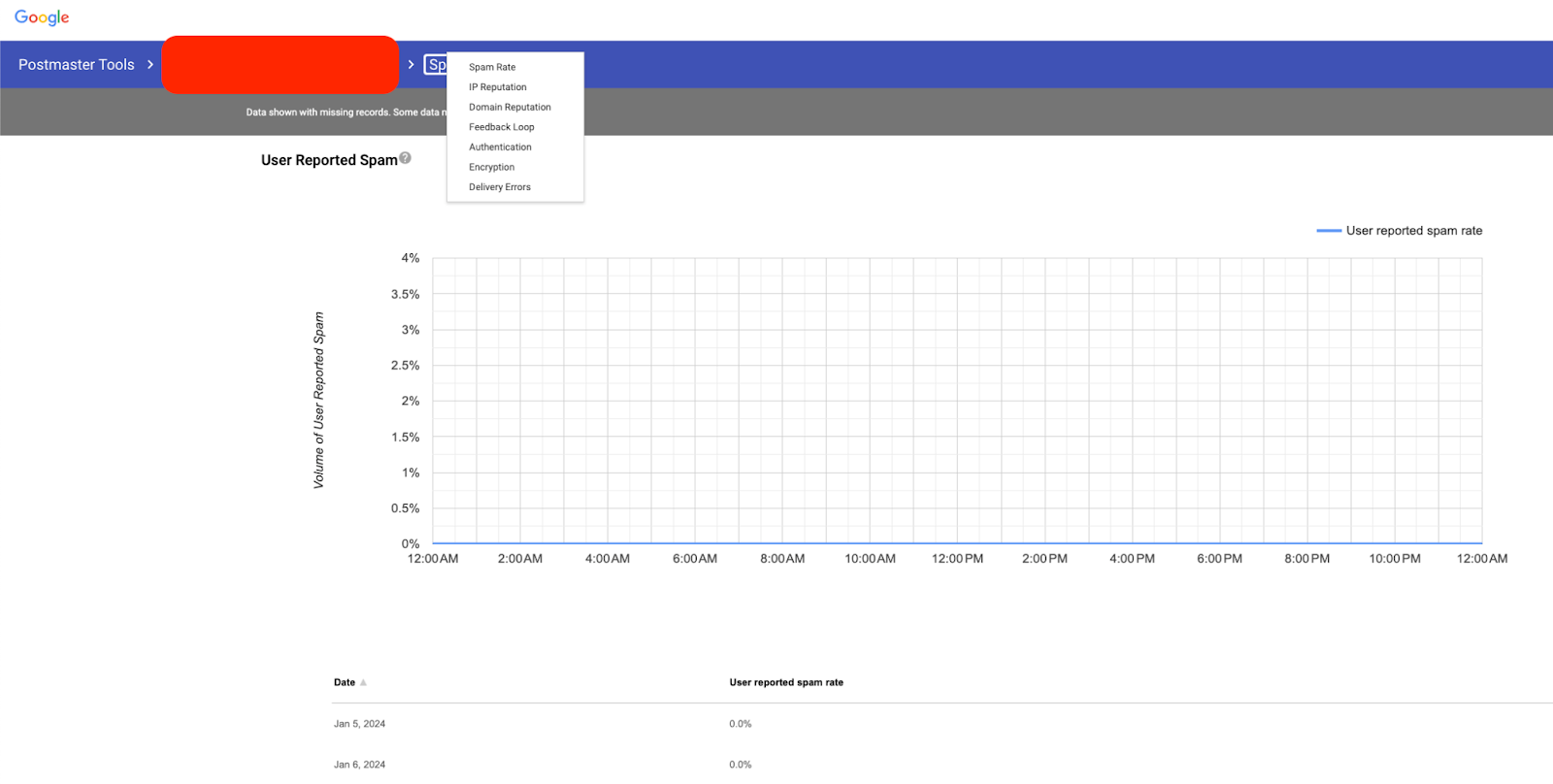2024 Gmail and Yahoo Deliverability Changes

With the new year come new changes in the email deliverability space. Both Google and Yahoo released news in late 2023, informing users that they would crack down on spammers in 2024. If you follow email deliverability best practices, you are likely already in good shape and shouldn’t notice any impacts. However, everyone should prepare for these changes.
What Exactly Are the Changes?
Yahoo and Google both released similar blog posts detailing what the 2024 changes will be. In short, all bulk senders must comply with new requirements. They are:
- have proper email authentication protocols in place (SPF, DKIM, DMARC)
- comply with one-click header unsubscribe requirements and process unsubscribe requests within two days
- keep spam complaints to under 0.3% (ideally, under 0.1%)
A bulk sender, according to Google, is any sender that sends more than 5,000 emails to Gmail addresses in one day. If you are a B2C business that regularly sends emails to a database of users, you are likely sending to at least 5,000 Gmail accounts for an average send, as Gmail has a large presence among consumers.
To maintain your current deliverability metrics, these changes are required and must be followed. Let's break these requirements down a little further.
Proper Email Authentication
If you’re unfamiliar with these common email protocols, they are essential for email senders to prove they are who they say they are. SPF, DKIM, and DMARC are the big three protocols that Google and Yahoo want to ensure are set up properly. If they aren’t, a bulk sender will likely experience deliverability issues.
These protocols are typically set up in the early stages of an email program’s implementation. It is usually handled by IT, as it involves posting specific records to publicly accessible internet databases. If you are in a “run-state” of your email program and do not have any major deliverability issues, then likely these protocols are already set up. However, you could reach out to your IT resource to ensure that these three protocols are properly set up.
Unsubscribe Requirements
There are a few laws in the digital marketing space that help guide all digital communications and you likely have already heard of them. These include California’s Consumer Protection Privacy (CCPA), Europe’s General Data Protection Regulation (GDPR), and one of the longest-standing laws, The Controlling the Assault of Non-Solicited Pornography And Marketing Act, better known as CAN-SPAM.
CAN-SPAM, which was passed more than 20 years ago in 2003, required email senders to provide a link for a user to unsubscribe from email communications, and that unsubscribe request needed to be honored within 10 business days. However, now Gmail and Yahoo require a one-click header unsubscribe, and that the unsubscribe request is processed within two days.
Now is the right time to perform an audit of your unsubscribe process to ensure that unsubscribe requests are being processed in a timely fashion. You could do this by personally unsubscribing from your email communications and checking how long it takes to process, and whether or not it is processed at all.
One-click header unsubscribe is a newer idea to make unsubscribing as easy as possible for the receiver. If you use Gmail or Yahoo apps, you’ve probably seen an unsubscribe option at the top of the email page, either in the drop-down menu of the email or floating near the sender information. Here’s how it looks in the Gmail app:

Some email platforms make it easy to turn on the unsubscribe option in the header, while others will require some additional code placed in the header of the email. Below are a few examples of ESPs we work with and corresponding links to learn more.
- This SFMC document details steps to implement one-click header unsubscribe in SFMC emails. This should already be implemented by Salesforce, but to be safe, check with your account rep.
- This Braze document details the setting to turn on to include one-click header unsubscribe in Braze emails.
- For Adobe, it depends on what product is being used:
- Adobe Campaign Classic: Here are “Technical recommendations” for enabling
- Adobe Campaign Standard: Here is “What is the List-Unsubscribe header? And how can this be implemented in ACS?”
- Adobe Journey Optimizer: Here is “Email opt-out management” info for the List-Unsubscribe set up in channel surfaces
- This guide from Adobe details these changes more holistically. Note that Adobe Campaign Standard does not yet support the POST method. However, it is being worked on by Adobe.
- Additionally, here is a post from Adobe to comply with the new DMARC requirements.
Maximum Spam Rates
The changes state that Google and Yahoo are enforcing a maximum spam rate of 0.3%, which is very generous. Ideally, all bulk senders should be striving for a sub 0.1% spam rate on all emails being sent.
Google provides a Postmaster service that lets senders view complaint rates and reputation. You can thumb through spam rate, IP reputation, authentication, delivery errors, etc.

Additional Deliverability Tools
There are several free and paid tools available to monitor your deliverability health. \
Free tools:
- Senderscore.org allows email professionals to look up their sending IP address and receive a “score” out of 100 that will detail your publicly available sending information.
- Talos Intelligence is another free tool by Cisco that offers even more insight into an IP address’ deliverability health. It showcases reputation, email volume date, block lists, and other useful information to help keep track of your deliverability health.
Paid tools:
- Validity is a paid tool that offers several products to keep tabs on your deliverability. These include Sender Certification, Everest, and a host of other products.
- InboxMonster and Kickbox are more paid tools that offer things like email validation, which is a very important step you can take to ensure low spam rates.
Outside of closely monitoring your spam rates and adjusting accordingly, good list hygiene and sunset policies will help prevent users from marking an email as spam. In our experience, most organizations should mark records as inactive after six months of email inactivity, and isolate marketing activities to only strategic reactivation campaigns to try and win those users back. If inactivity persists for 12 months, the user should no longer be sent to, as you risk the email address being reclaimed by the inbox provider and turned into a spam trap.
Go Forth and Deliver
Many factors can contribute to your email program’s reputation and deliverability metrics. There is no one-size-fits-all approach. However, with Google and Yahoo providing these guidelines, all email senders should take time to check on their program’s deliverability health and ensure these guidelines are being followed. Following these guidelines and best practices will help set your organization up for successful email deliverability for years to come.


